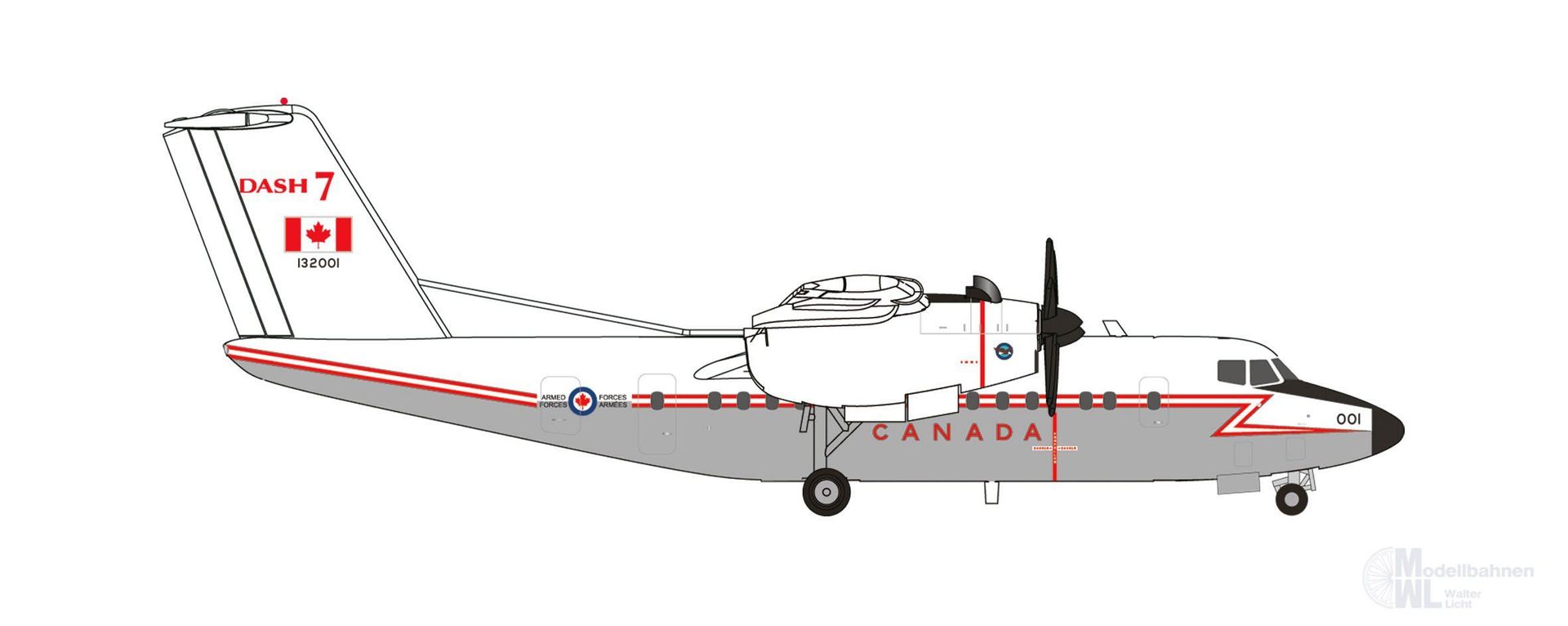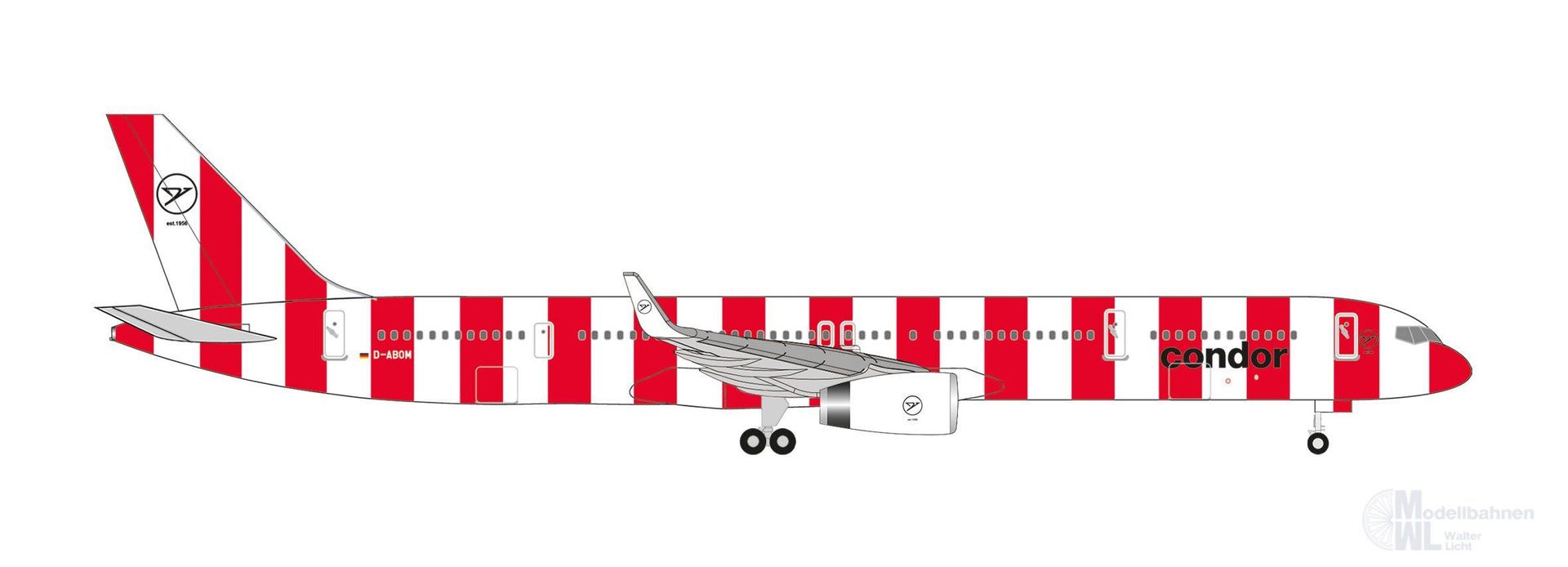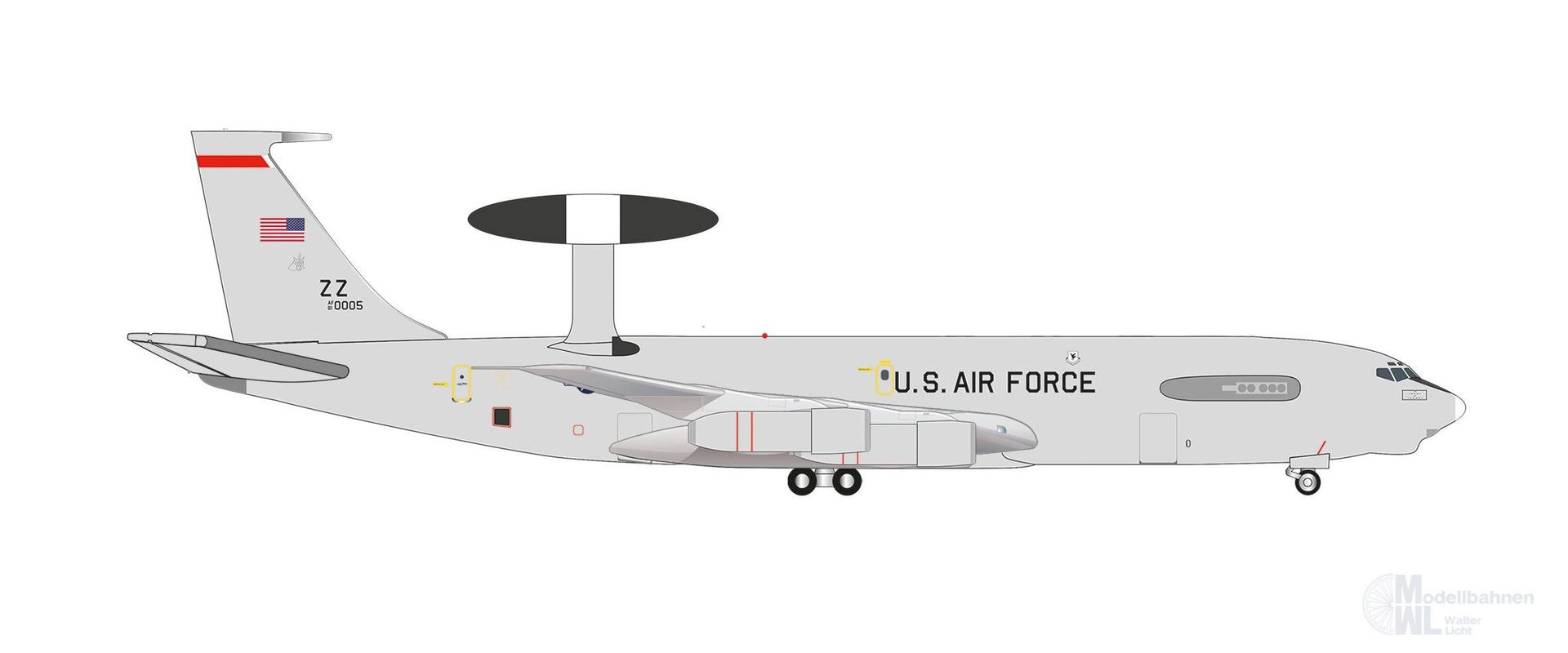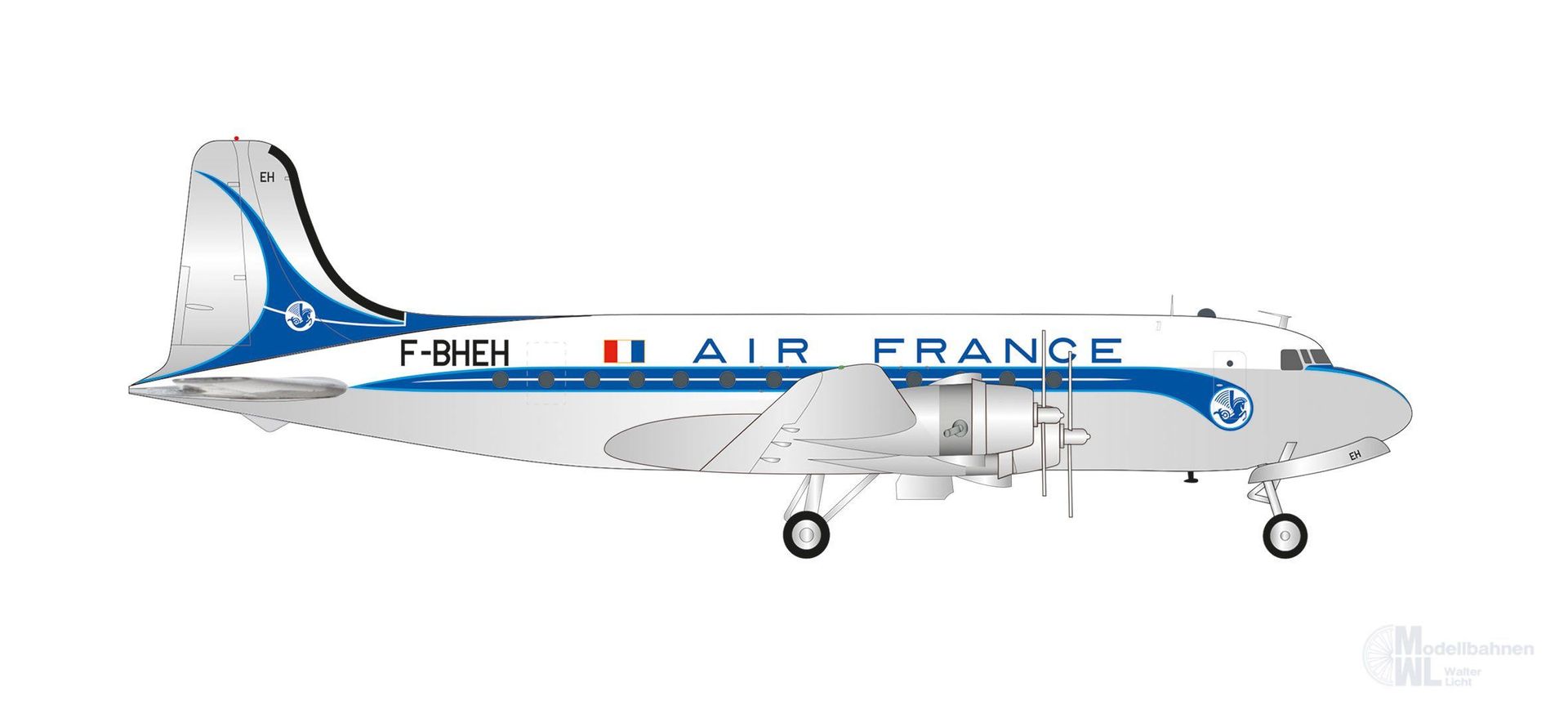67,99 €*
UVP: 79,95 €* (14.96% gespart)
Neuheit - Lieferzeit unbekannt
Produktnummer:
her573856
 Nicht geeignet für Kinder unter 3 Jahren wegen Erstickungsgefahr durch Kleinteile!
Detailiertes Modell für Sammler ab 14 Jahren.
Nicht geeignet für Kinder unter 3 Jahren wegen Erstickungsgefahr durch Kleinteile!
Detailiertes Modell für Sammler ab 14 Jahren.
Produktinformationen "Herpa 573856 - DHC-7 Canadian Armed Forces 1:200"
In den 1950er und 1960er Jahren war De Havilland Canada (DHC) weltweit führend in der Entwicklung und Produktion von STOL-Flugzeugen (Short Takeoff and Landing). Flugmuster wie die DHC-3 Otter, DHC-4 Caribou, DHC-5 Buffalo und DHC-6 Twin Otter waren bewährte und zuverlässige Flugzeuge, die abgelegene Orte erreichen konnten – mit oder ohne Landebahn. Mit dem rasanten Wachstum der kommerziellen Luftfahrt wurde ein Flugzeug gesucht, das kurze Strecken von kurzen Start- und Landebahnen und kleineren Flughäfen aus fliegen konnte, in der Hoffnung, die Überlastung der großen nationalen und internationalen Flughäfen zu verringern. So entstand die "Dash-7". Der Prototyp wurde vor 50 Jahren, am 5. Februar 1975, vorgestellt und flog erstmals am 27. März. Das viermotorige Flugzeug war für 50 Sitzplätze ausgelegt und konnte von Startbahnen oder unbefestigten Pisten mit einer Länge von weniger als 700 Metern starten. Neben dem Einsatz bei mehreren Zubringer-Airlines in Nordamerika wurden zahlreiche Flugzeuge für Fluggesellschaften auf der ganzen Welt hergestellt, die Strecken zu anspruchsvollen Flugplätzen bedienten, darunter Regionen in der Arktis, im Hochgebirge oder in den Tropen, die für größere Düsenflugzeuge ungeeignet waren. Dagegen konnten nur eine Handvoll militärische Kunden gewonnen werden. Einer davon waren die kanadischen Streitkräfte. Zwischen 1979 und 1987 waren zwei als CC-132 bezeichnete Exemplare als Teil der 412. Transportstaffel auf dem kanadischen Stützpunkt im baden-württembergischen Lahr im Schwarzwald stationiert und beförderten hochrangige Passagiere sowie Fracht in Europa.
Back in the 1950 and ‘60s, De Havilland Canada (DHC) was the global leader in the development and production of STOL (short takeoff and landing) aircraft. Aircraft such as the DHC-3 Otter, DHC-4 Caribou, DHC-5 Buffalo and DHC-6 Twin Otter were proven and reliable aircraft that could access isolated locations — with or without a runway. With the rapid growth of commercial aviation, an aircraft was sought to fly short distances from short runways and smaller airports, in the hopes of reducing congestion at major national and international airports. Thus, the "Dash 7" was born. The prototype was unveiled 50 years ago on February 5, 1975, and first flew on March 27. Configured for 50 seats, the four-engine aircraft could take off from runways or unprepared airstrips less than 700 meters (2,000 feet) long. In addition to seeing service with several commuter airlines throughout North America, numerous aircraft were produced for airlines around the globe that operated routes into challenging airfields, including arctic, mountainous or tropical regions unsuitable to support larger jet aircraft. In contrast, only a handful of military customers could be won over. One of these were the Canadian Armed Forces. Between 1979 and 1987, two aircraft designated CC-132 were stationed as part of the 412th Transport Squadron at the Canadian Forces Base Lahr in the Black Forest region in southwestern Germany, transporting high-ranking passengers and freight around Europe.
Angaben zur Produktsicherheit
Herpa Miniaturmodelle GmbH
Leonrodstraße 46-47
DE-90599 Dietenhofen








